
Dec 1, 2025 • 5 min read
Find the best time to visit Nashville with our guide to events, budget and weather through the seasons.

Dec 1, 2025 • 5 min read
Find the best time to visit Nashville with our guide to events, budget and weather through the seasons.

Dec 1, 2025 • 12 min read
Find the very best swells in Sri Lanka with this surfing guide.

Dec 1, 2025 • 8 min read
You can sip a few samples at wineries, soak in refreshing mineral springs and walk along beautiful trails – all without needing a car.

Dec 1, 2025 • 9 min read
Melbourne is Australia's second-biggest city, but the center is easy to navigate and transport is very affordable. Here's what you need to know.
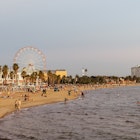
Dec 1, 2025 • 6 min read
Melbourne brings a range of sports and indoor cultural attractions all year. Here are the best times to visit to match your favorite activities.

Dec 1, 2025 • 9 min read
From high culture to local life, here are the best things to do in Melbourne, a big Aussie city with a European vibe.
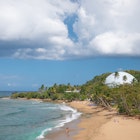
Nov 30, 2025 • 7 min read
All you need to know about a trip to Rincón, Puerto Rico's remote western surf town.

Nov 30, 2025 • 8 min read
Ireland's capital could keep visitors interested for ages, serving up incredible food and drink in authentic pubs alongside ancient books and monuments.
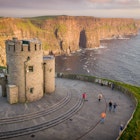
Nov 30, 2025 • 7 min read
From spectacular swims to dramatic coastal vistas and charming castles, Ireland offers many fantastic adventures and places to visit.

Nov 29, 2025 • 6 min read
From tortillas to croquettas to marinated anchovies to fried calamari, there's something to appeal to all palates in Madrid's mercados.
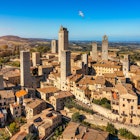
Nov 29, 2025 • 13 min read
When comes to art, architecture, culture and cuisine, Italy created the template for the world to follow. Here are the very best places to visit.

Nov 29, 2025 • 5 min read
Savannah can be an eclectic, easy escape, especially with these tips about getting from the airport, finding the right hotel and ordering to-go drinks.

Nov 28, 2025 • 10 min read
Idyllic turquoise-water beaches, great food and quaint town centers line 24 miles of Florida's panhandle.

Nov 28, 2025 • 6 min read
Get to the heart of thriving, multicultural Berlin through its exciting, lively, lovely neighborhoods.
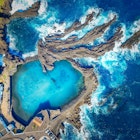
Nov 28, 2025 • 8 min read
From swimming in natural pools to hiking a vereda, here are the best ways to enjoy your trip to Madeira.

Nov 28, 2025 • 10 min read
People have been road-tripping through Uzbekistan for millennia, but cars have replaced camels on its ancient Silk Roads. Try these memorable road trips.

Nov 28, 2025 • 6 min read
From summer sun and fabulous festivals to off-season bargains and crowd-free attractions, here's everything you need to know about when to visit Ireland.
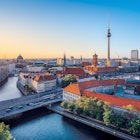
Nov 28, 2025 • 6 min read
Make the most of your time in Berlin, a city with much to see and do, with our ultimate guide to the best time to visit.

Nov 27, 2025 • 10 min read
Jordan is en enticing destination with incredible food, history and seaside beauty. This five-day plan promises equal parts culture and adventure.
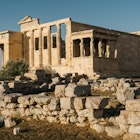
Nov 27, 2025 • 8 min read
Whether you're after the beach or a bargain, here's when to go to Athens, Greece.

Nov 27, 2025 • 9 min read
Morocco is a prime destination for outdoor adventurers, with mighty mountain ranges, a long coastline and a wealth of national parks. Here are the best.
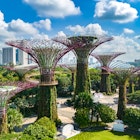
Nov 27, 2025 • 6 min read
Singapore enjoys tropical summer vibes all year round, making it a joy to visit whatever you're planning to do. But pack an umbrella just in case.